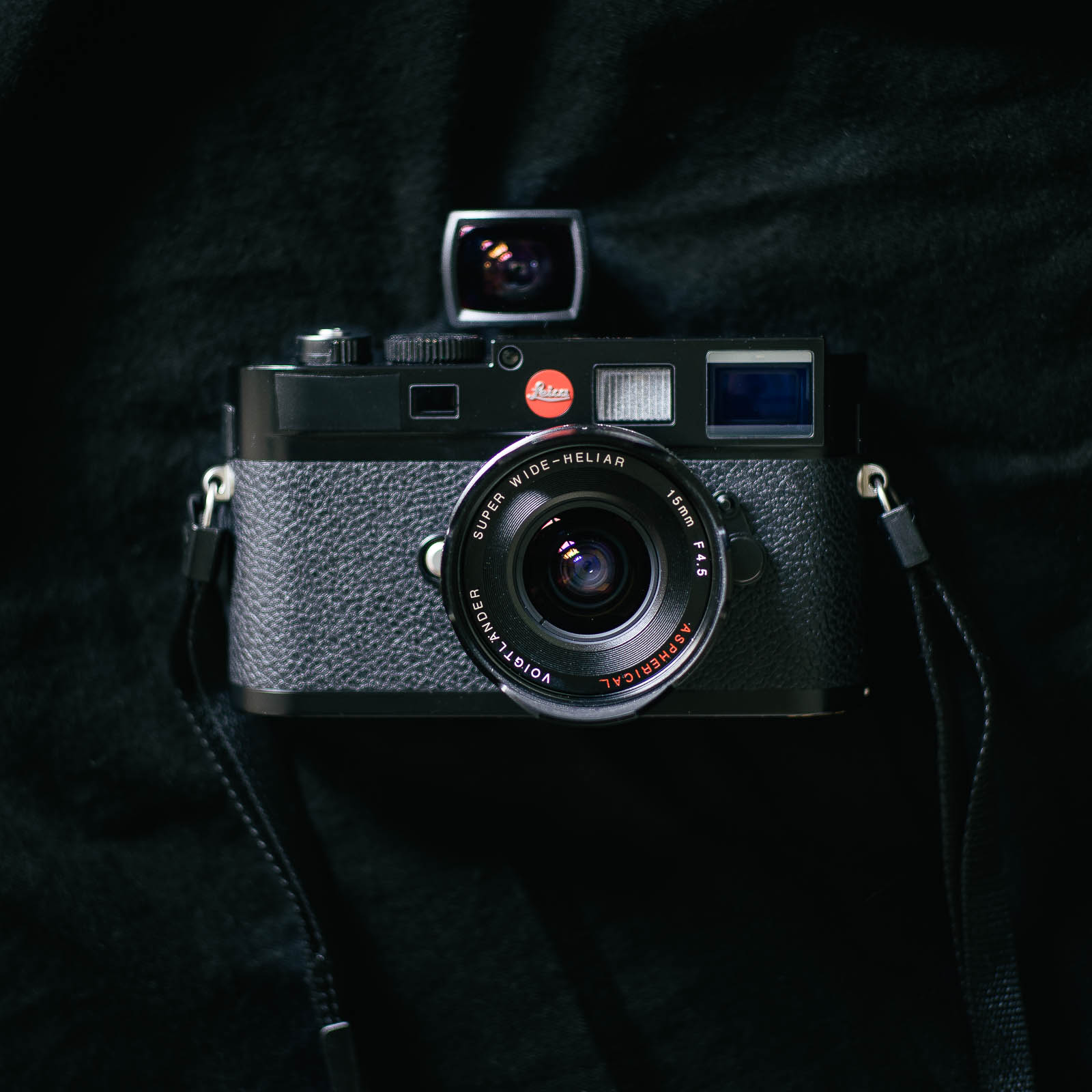
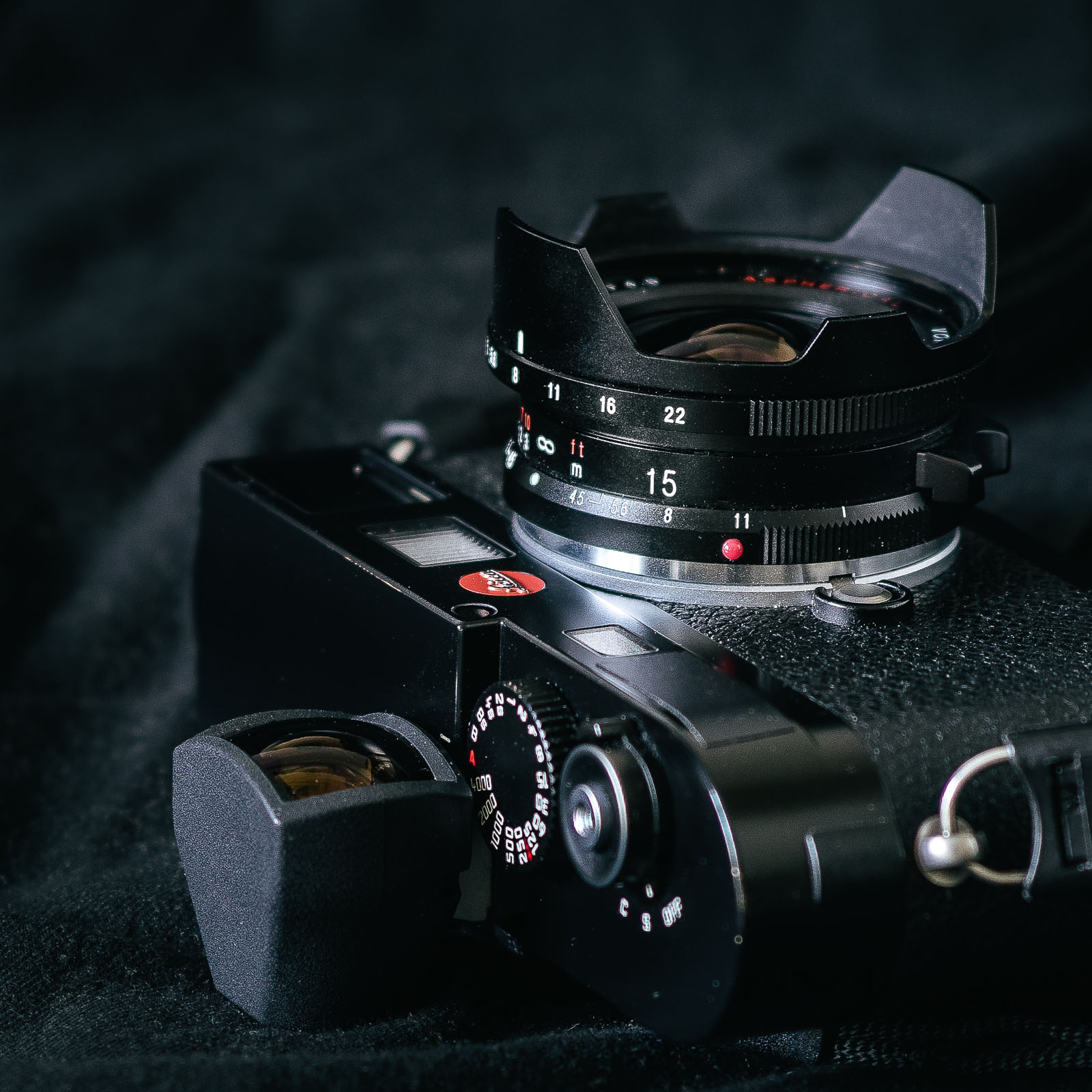
The Voigtländer 15/4.5 Super Wide Heliar Asph II VM is a very compact, reasonably priced, high performance, ultra wide angle lens for Leica M-mount. It offers a unique balance of image quality and size at its price and focal length. It’s heavy for its size, but because it’s tiny it weighs almost nothing.
There are three versions of this lens. The first version was made without a rangefinder coupling for the Leica LTM Mount. The second version is the lens being reviewed here. Optically identical to the first version, this lens has an M-mount, rangefinder coupling, redesigned housing with improved ergonomics, larger hood & ability to mount filters. A third version, recently introduced, has a new optical design – refined to achieve higher corner performance on digital cameras at the expense of size, weight and price.


This is a 15mm lens, which classifies as an ultra wide. The diagonal angle of view is a huge 110° (a 24mm lens has an angle of view of 84°, 28mm on of 74°).
Heliar is an old Voigtländer designation for a variation on the Cooke triplet, only slight traces of relationship can be seen in this much more complex design.
Being an f/4.5 lens means that the lens has a tiny 3.3mm physical aperture. As all M-mount lenses, it’s manual focus only. It has an aspherical rear element.
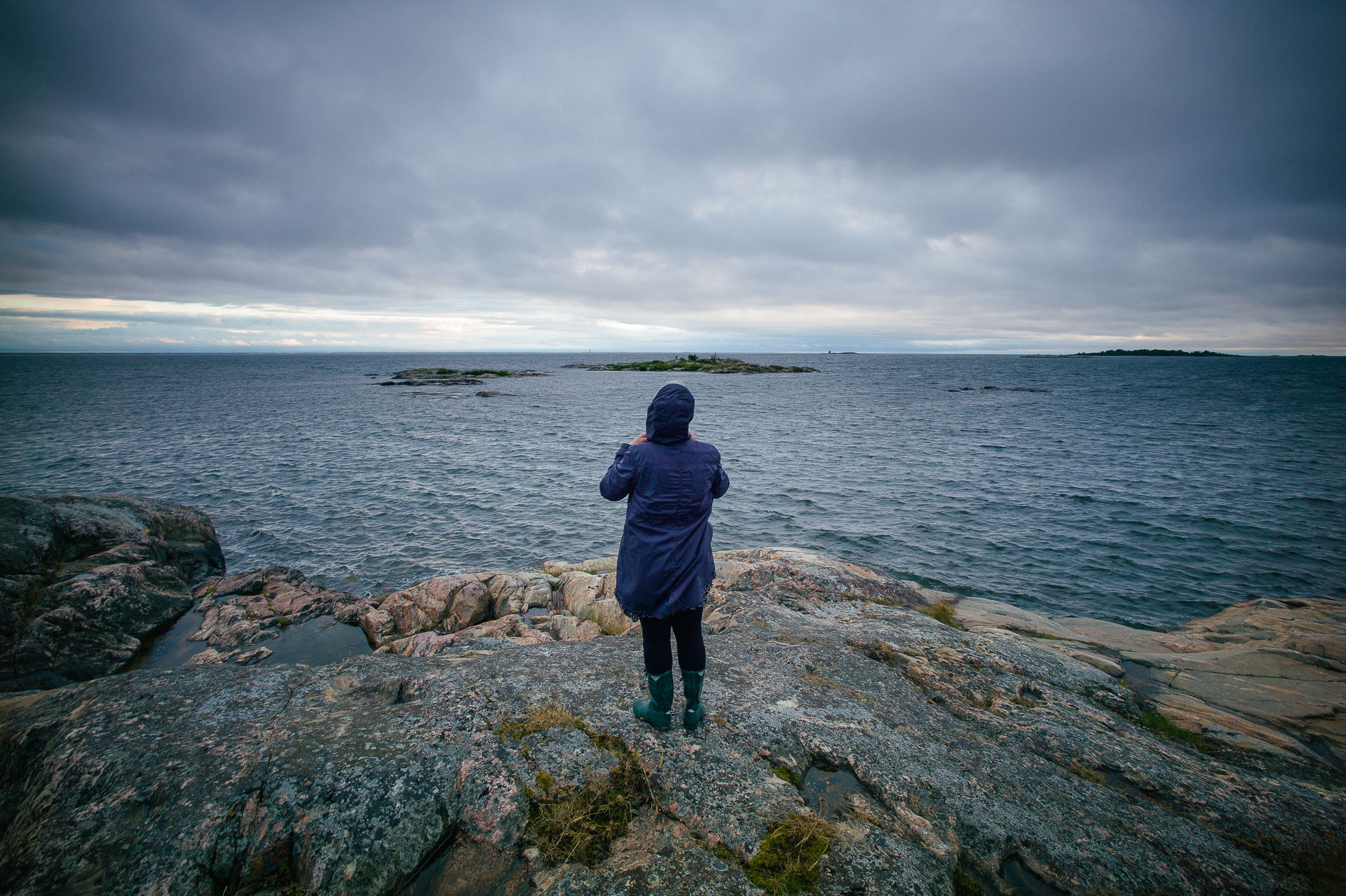
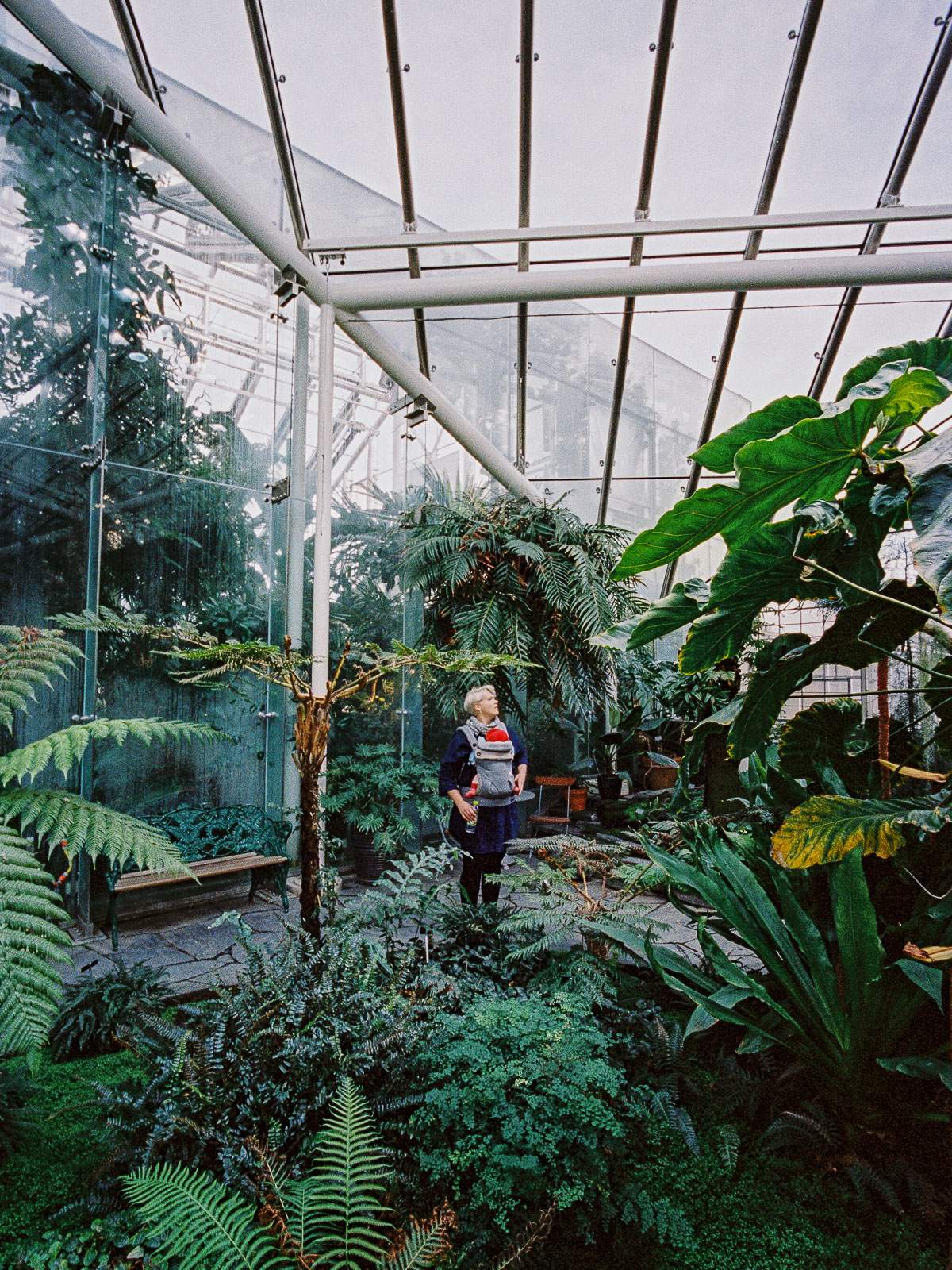

As with most Voigtländer lenses the 15VM is well constructed, far closer to Leica standards than its reasonable price indicate.
It’s made almost entirely of metal, the outer housing and controls are anodised aluminium, slightly prone to scuffing. Visible internal components all seem like metal, the focussing helicoid brass. Markings are engraved in Helvetica (oddly both Regular & Light weights are used, but you have to be a typophile to notice) and painted white, the imperial distance scale is painted in a less visible red colour.
With proper care I think this will hold up just as well as Leica’s lenses, and better than most of the Zeiss ZM lenses.
It has stout proportions with its large diameter, short extension from the mount and gaping hood. It really is a tiny lens though - extending just under 4cm from the mount. It’s light as well, weighing in at just 30g more than the lightest lens Leica themselves have ever produced – the Summicron-C 40/2. There’s no options as wide even close to this small and light.
The large petal hood is integrated and can’t be removed. It’s made from the same anodised aluminium as the rest of the housing, rather thick and likely very durable. It does its job well. Since the lens isn’t very prone to flare in the first place I would prefer the smaller hood from the first version, or a non integrated one that could be used only when needed.

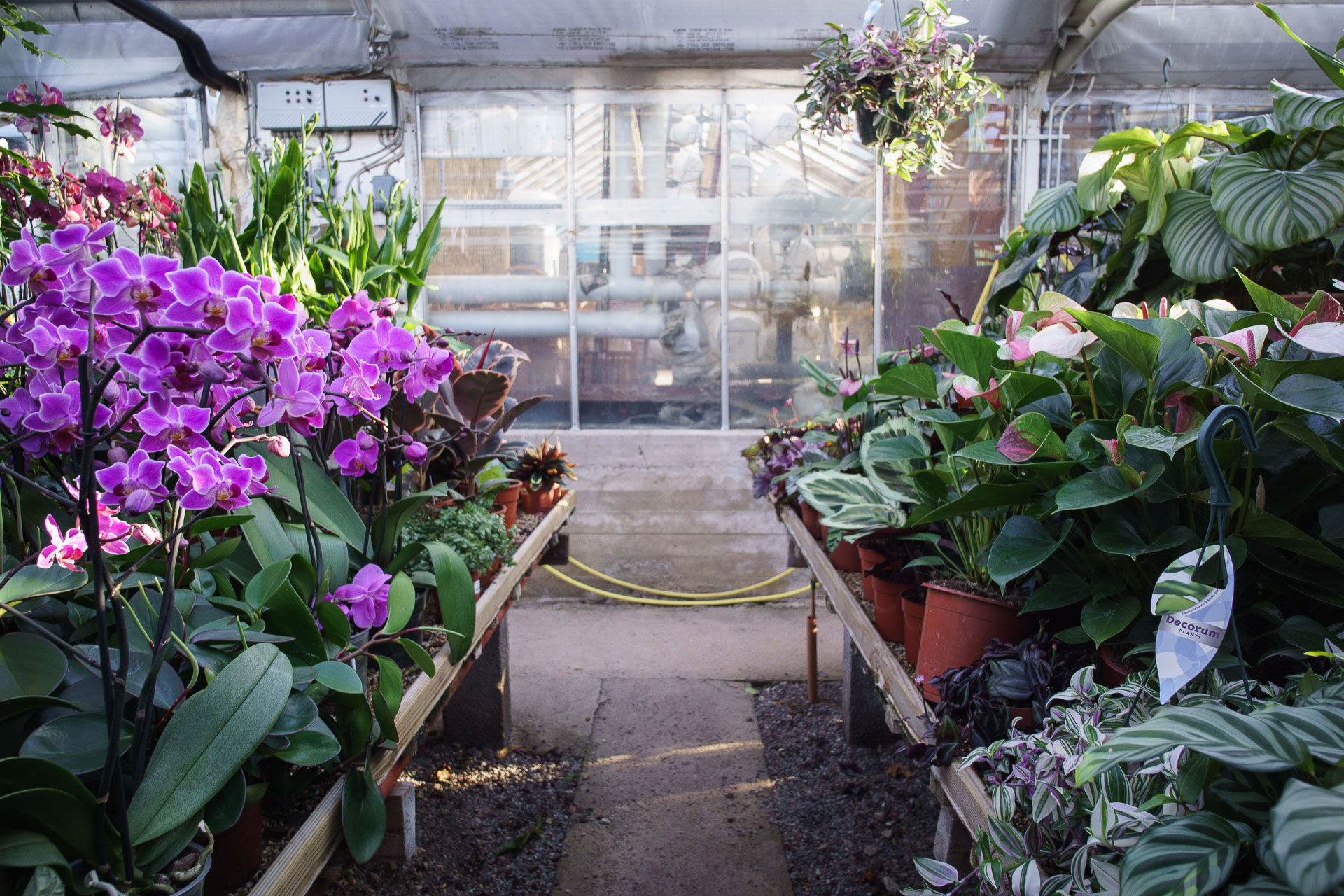
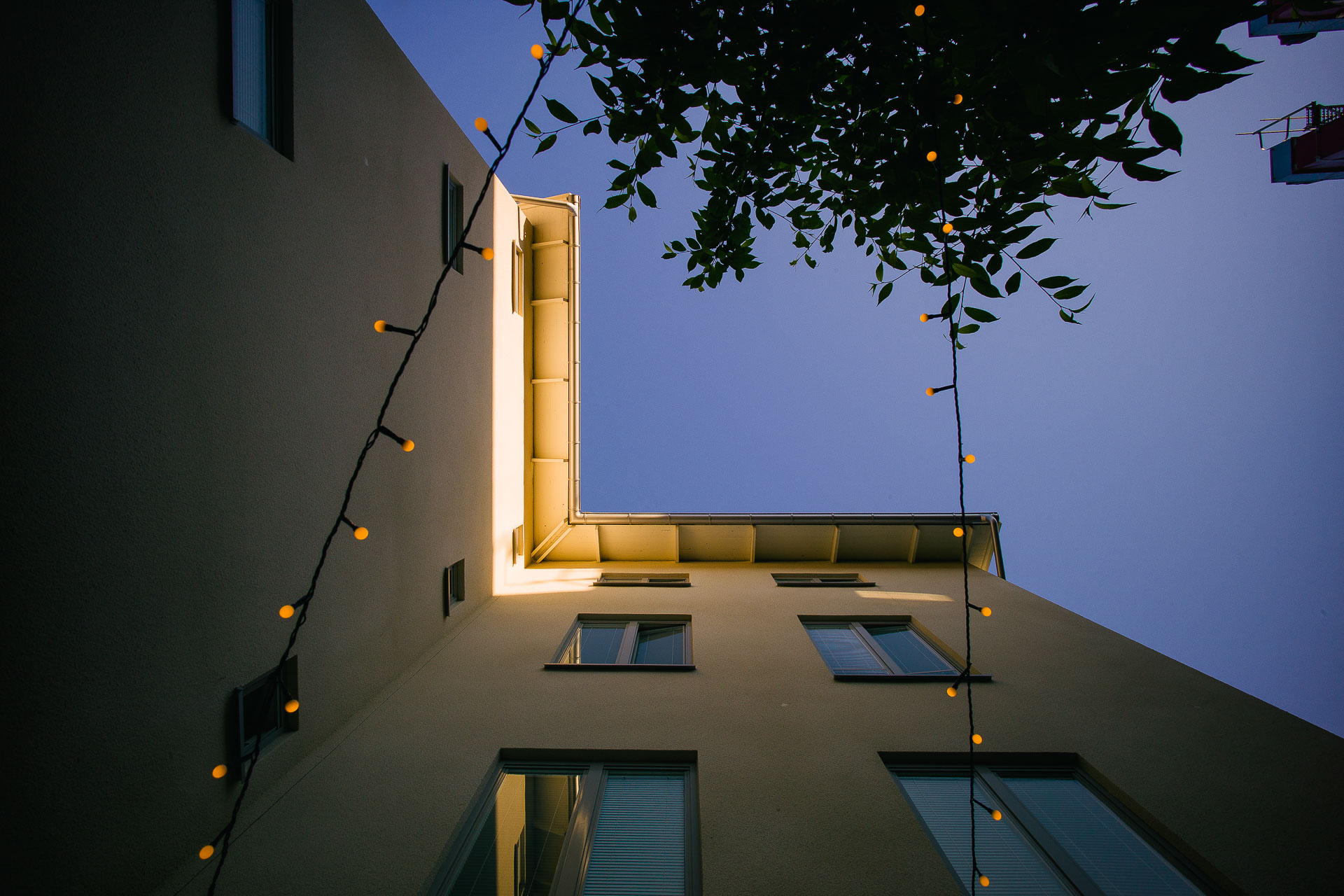
The ergonomics are perfect. Focus travel is smooth and the focus tab is very comfortable. The focus throw is short, around 90°, making the lens very fast to work with – great since precise focussing doesn’t matter on a lens this wide.
Aperture clicks have a clear and springy snap at each stop. The aperture ring has half stop clicks and is very well balanced, moving easily but practically never inadvertently.

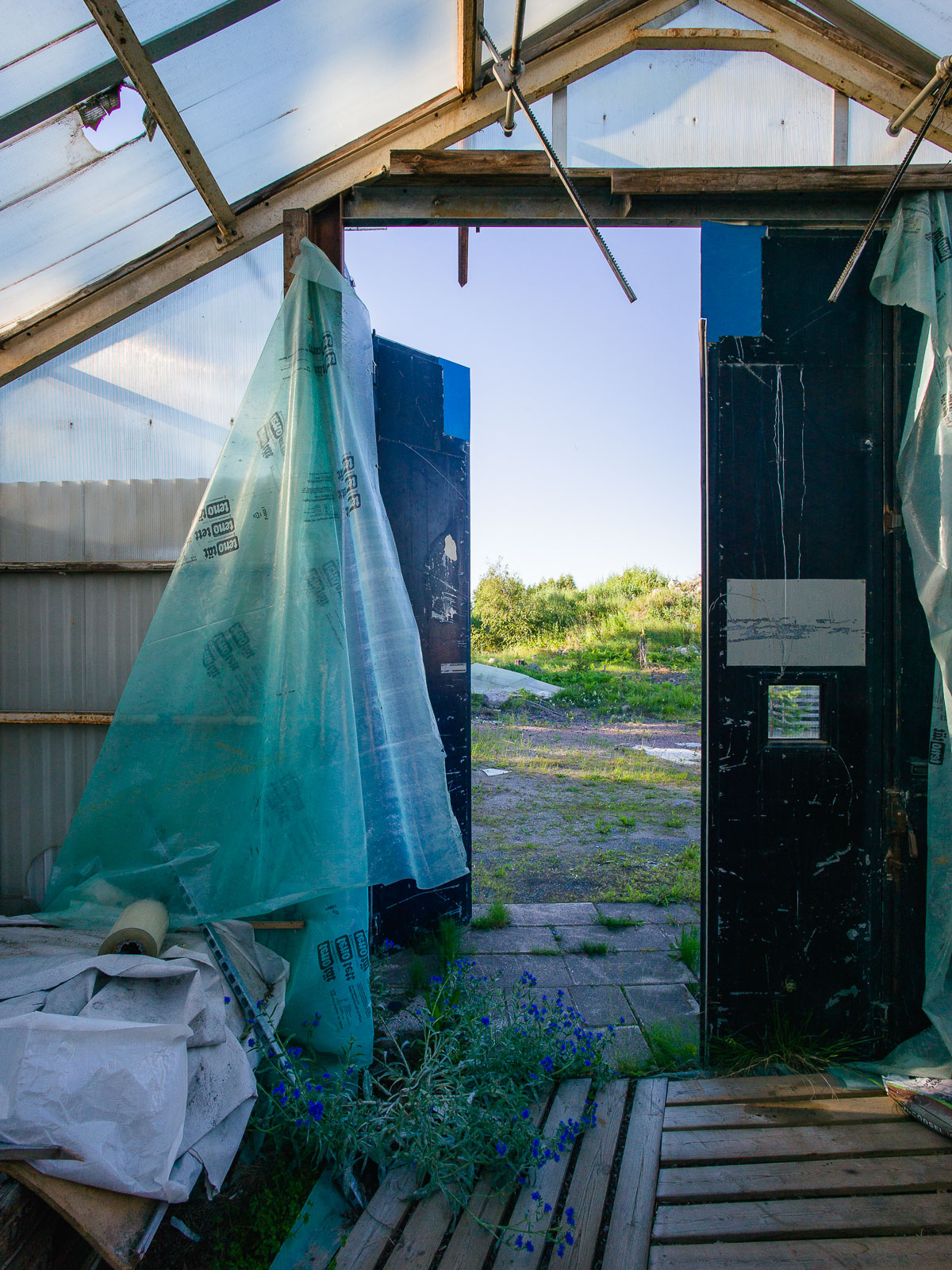
The 15VM performs at a very impressive level. Images have a fantastic presence with high resolution and clarity resulting in a striking rendering.
Performance suffers in the edges on digital bodies as compared to when shot on film, but with some care and simple post-processing this can mostly be worked around. The extent of the issues depend on the sensor design and filter stack of the camera being used, so issues I’ve encountered will be described under the in-use section.
In general the 15VM shows pronounced colour shifts on most digital cameras. Vignetting is pronounced. Smearing is also present to some extent on many cameras. This applies to version I & II. From what I’ve seen issues are seemingly reduced in the new, third version of this lens, requiring less work arounds.
Some general workflow tips and further description of the underlying causes are available at the link below.
Ray angle issues on digital & work-arounds
The detail rendition of the 15VM is very impressive. There’s a clarity to details as well as an overall distinctness that’s in a very high league.
Central resolution is high already wide open, only increasing slightly stopping down. There’s a gradual drop-off from the mid field, leaving the edges and corners slightly less sharp, though it’s hard to pin down how much is due to design or lens/camera pairing. On film results is slightly more even. Stopping down to f/8 or f/11 gives optimal results across the frame.
Contrast is impressive. Micro contrast is high and even across the frame already wide open, improving only slightly stopping down. Mid level and global contrast are very high, giving images an overall clarity and definition.
Colours are clear and very saturated. Tones separate fairly well but can at times lack subtlety and look slightly artificial as a result. Shy of the high standards of Leica and Zeiss, but pretty much in line with other manufacturers.
With a 15mm lens depth of field is practically infinite, especially considering the modest f/4.5 wide open aperture. At an academic level it’s possible to get some slight separation when shooting at, or close to the minimum focusing distance. When seen bokeh is poor, showing pronounced overcorrected spherical aberrations and high contrast. Then again good bokeh is not the point of this lens.
The 15VM is a rectilinear lens with extremely low distortion. An impressive achievement considering it’s angle of view. Lines are perfectly straight, even at the extreme edges of the frame.
There’s pronounced vignetting wide open, especially shooting on digital. Stopping down reduces the vignetting, but it never disappears completely.
Other aberrations are very well controlled. Flare is well suppressed. Small coloured ghosts can be seen at rare occasions, mainly when the sun is in the frame. Global contrast remains high, even in such challenging conditions.
There can be some slight loss of contrast and definition around very strong highlight areas.
Slight lateral chromatic aberration can be seen in high contrast situations at wider apertures. Longitudinal chromatic aberration is not an issue. I’ve not seen any coma, but have yet to shoot e.g. night skies with the lens.
The high resolution, clarity and overall distinct definition gives a very impressive rendering. There’s a definite modern, well corrected, look to the images without looking overly clinical. The low levels of aberrations are impressive.
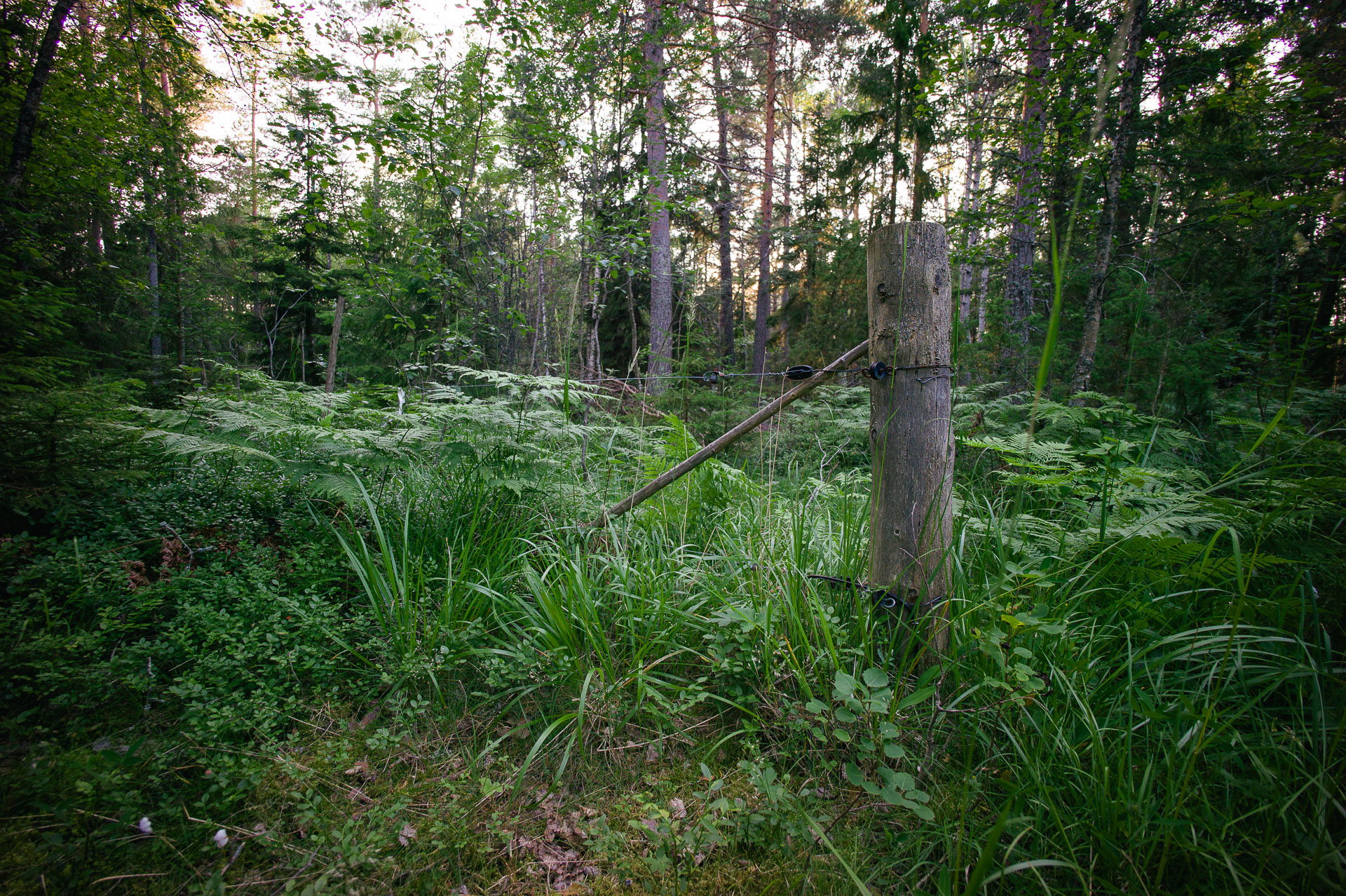

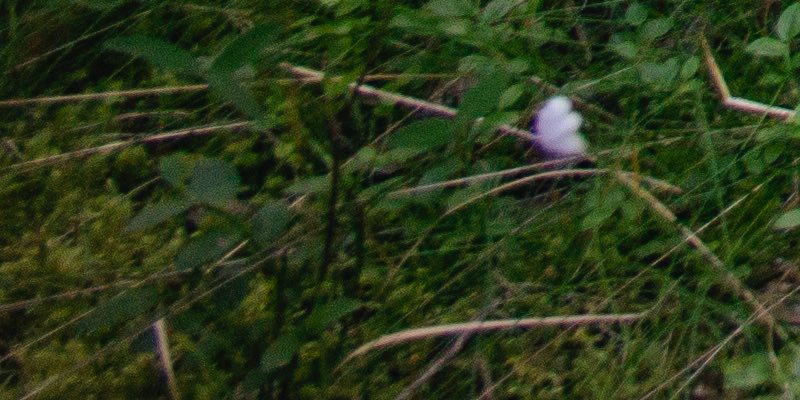
Two 1:1 crops. The mid field crop demonstrate both the high resolution and the minimal bokeh. The crop from the lower left examplifies corner smearing. Leica M9 f/4.5.
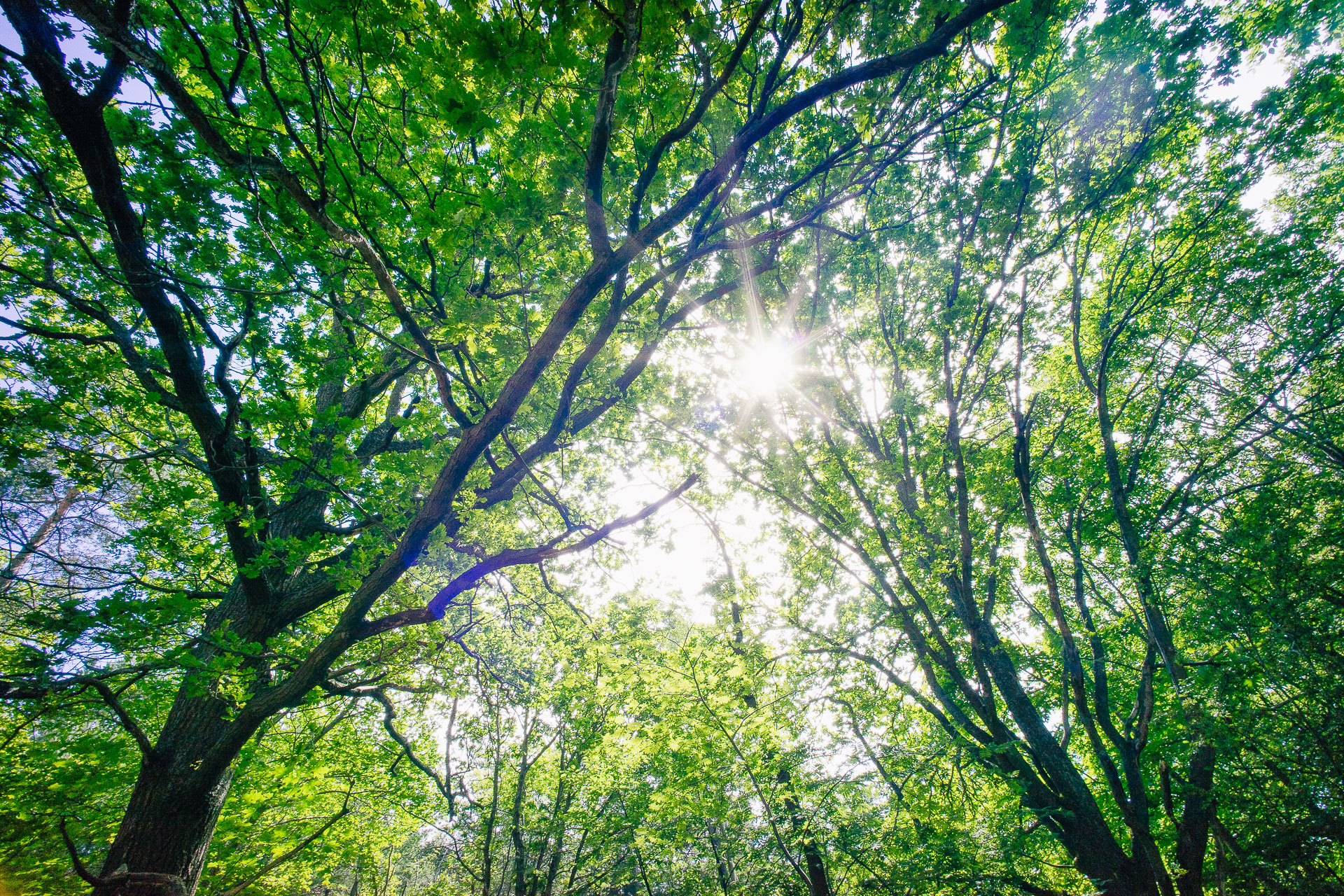
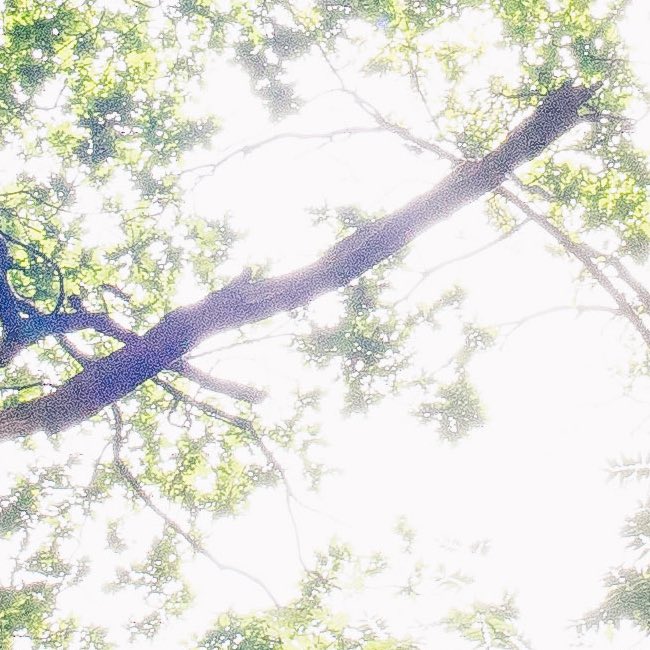
Flare can be an issue when the sun is in the frame. Overall contrast and definition remains high. Minor ghosting can be seen, note blue ghost just below and left of center. Crop demonstrates loss of contrast around extreme highlights. Sony A7, around f/8.
I’ve had this lens for several years, and have used it on several cameras. Here are some observations from using it.
I originally bought the lens for use as a 21mm on the NEX cameras. It performed admirably, especially on the 5N, but at the time I had a hard time enjoying wides. As mentioned in the Summicron 28 review, shooting that lens made me rethink my preferences, as well as finding a better approach to shooting wides. Applying the lessons learned using that lens, I’ve actually enjoyed the lens more on the full frame cameras I’ve recently used, despite the angle of view being much more extreme. You really have to take care shooting this wide – much gets included in the frame and it’s easy to miss details on the edges that ruin a composition. You also need to be careful with perspective distortion – tilting the camera up, down or sideways relative to the subject gives far larger effects the wider the lens is. On the other hand, when succeeding with an image there can be an intense sense of presence.
As a result images I shot were either awful or keepers, less in between. Especially compared to shooting a focal length I’m more comfortable with.
That said, I do find that the lens is actually too wide in many cases, my keeper rate is fairly low. The thing that’s immediately noticeable about the images tend to be the effects of the lens, rather than the content. Something I personally want to avoid. Today, I would probably opt for a 21mm lens again.
The lens really comes into its own when shot stopped down and zone focussing, only concentrating on composition. I tend to shoot it at f/8 or f/11. The ergonomics really shine shooting in this way. I tend to stabilize the camera while shooting by holding the lens as well, but the small size and extreme angle of view of the 15VM makes it easy to accidentally get a finger in the frame. Taking a bit of care where you hold the lens solves this issue.
Poor to great depending on aperture and work arounds. Pronounced vignetting and colour shifts needing correction in most cases. Smearing of detail towards corners wide open. Stopping down to f/8 is needed to mostly eliminate smearing. Optimal performance across the frame is achieved at f/9.5 and f/11 with the corners improving stopping down, but with the centre suffering slightly from diffraction. Colour shifts can lead to slight colour distortion around highlights towards the edges. Excellent overall rendering with clear presence and bold colour.
Tricky to use due to the need for an external viewfinder. One needs to set up exposure using the built in finder and compose using the external one. Focus can usually be estimated without ill effects. Metering can be tricky since so much is in the frame and projected on to the measuring area. I tend to preset everything and then concentrate on composition and timing – a very fun way to shoot.
The minimum focusing distance also is closer than the M9’s rangefinder is coupled but can easily be guessed and still be useful.
I’ve used the lens with a 21mm external finder, framing using the entire viewfinder area rather than the 21mm framelines. It works ok but not great, I find that I need to look around the edges of the finder a lot to see everything that will be captured. I recommend getting a proper 15mm viewfinder for optimal use.
Limited high ISO performance, the slow maximum aperture and need to stop down for optimal performance limits usability in marginal light. Not as bad as can be imagined though, due to the ease of handholding down to 1/15th, 1/12th or even 1/8th of a second (though motion blur can of course become an issue at these speeds).
Very enjoyable to use due to the small size and excellent ergonomics.
An excellent and unique combination. The size of both lens and camera makes for a very compact and very capable kit. Though of course, like on the M9 an external viewfinder is needed for accurate framing, compromising the compactness slightly, as well as having some usability drawbacks. Results on film are excellent and presetting exposure is even easier thanks to the greater exposure latitude than with digital.
Good to fantastic. The tiny lens balances excellently on this small camera. APS-C crop results in a 21mm equivalent, to my eye an often more balanced wide angle focal length.
Image quality is fantastic with very little smearing and marginal colour shifts. This light weight set up is hard to beat for extreme wide angle shooting.
Shooting this lens with live view makes it easier to work around perspective distortion and refine composition.
Poor to great. Again acts as a 21mm equivalent, to my eye an often more balanced wide angle focal length. Balances very well on the small NEX–7.
Image quality is very nice with great performance across the frame stopped down to f/8. Wide open there’s smearing in the outer zones. Significant colour shifts needing correction in most cases.
The need to stop down for optimal performance limits usability in marginal light.
Shooting this lens with live view makes it easier to work around perspective distortion, composition and exposure issues. A trick I’ve learned for lenses with corner smearing is to focus at the mid zone using live view, resulting in the most balanced resolution across the frame.
Poor to good depending on aperture and other factors. Balances well on the A7.
There’s pronounced smearing wide open. Stopping down to f/8 - f/11, and taking some care when focussing can result in good performance across the frame. Performance at closer distances suffer slightly less. The trick with focusing at the mid zone works well to give balanced resolution across the frame.
Surprisingly less colour shifts than on the M9, needing correction often but not always.
Good high ISO performance makes the lens usable even in less optimal light.
Shooting this lens with live view makes it easier to work around perspective distortion, composition and exposure issues. A very fun set up to shoot.
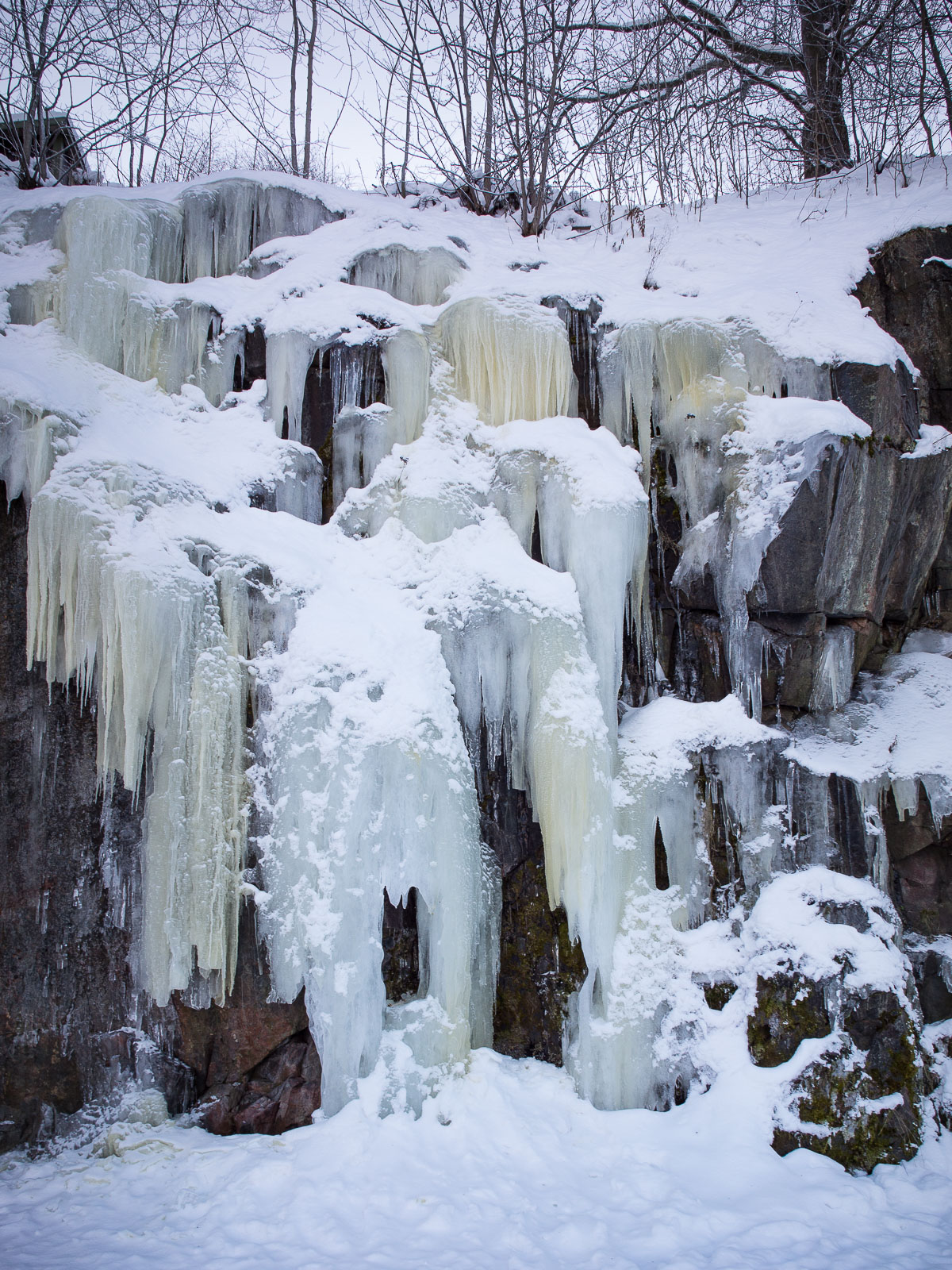
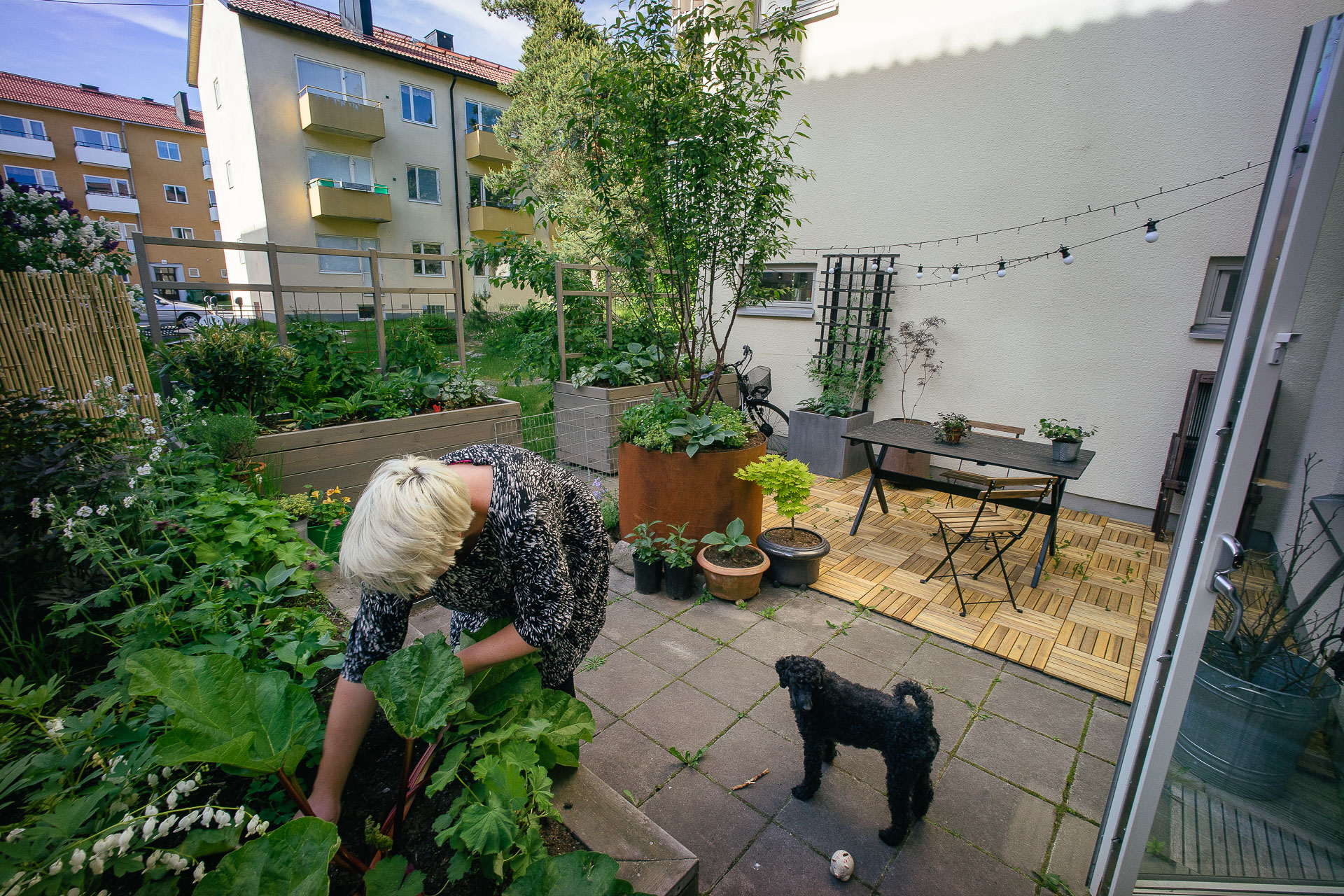
Ultra wide angle lenses are a relatively new and rare breed. Especially those with rectilinear output. Finding ones that perform better on digital than the 15VM also seems tricky. If I were to buy today these are the other options I would look into, but I’d be hard pressed to recommend anything other than the versions of the Voigtländer lens.
I have not shot with this far more expensive and larger lens. Probably slightly sharper with nicer colours and with less issues on Leica bodies.
While more expensive, as well as heavier, the updated version of this lens looks like a great choice. Better optimised for digital it seems to have fewer issues with smearing and colour shifts. Loses the focusing tab and replaces it with a fluted focusing ring. For my use the smallness, low price and better ergonomics makes version II a better choice. For those needing a 15mm lens with more well behaved characteristics this is the go to option.
While not as wide, this looks like a fun lens. Even smaller than the 15, ergonomics I love and reasonable price. I’m personally considering trading the 15 for this 21. Probably has as much colour shifts and at least close to as much smearing.
While Zeiss also sells a 15/2.8 it’s an absolute monster of a lens, both size and price wise. The 18mm looks more reasonable, but I haven’t shot it myself. Is bigger and heavier than the Voigtländer, with worse ergonomics. From what I’ve seen probably has as much smearing and colour shifts as the 15VM, but with better colour overall.
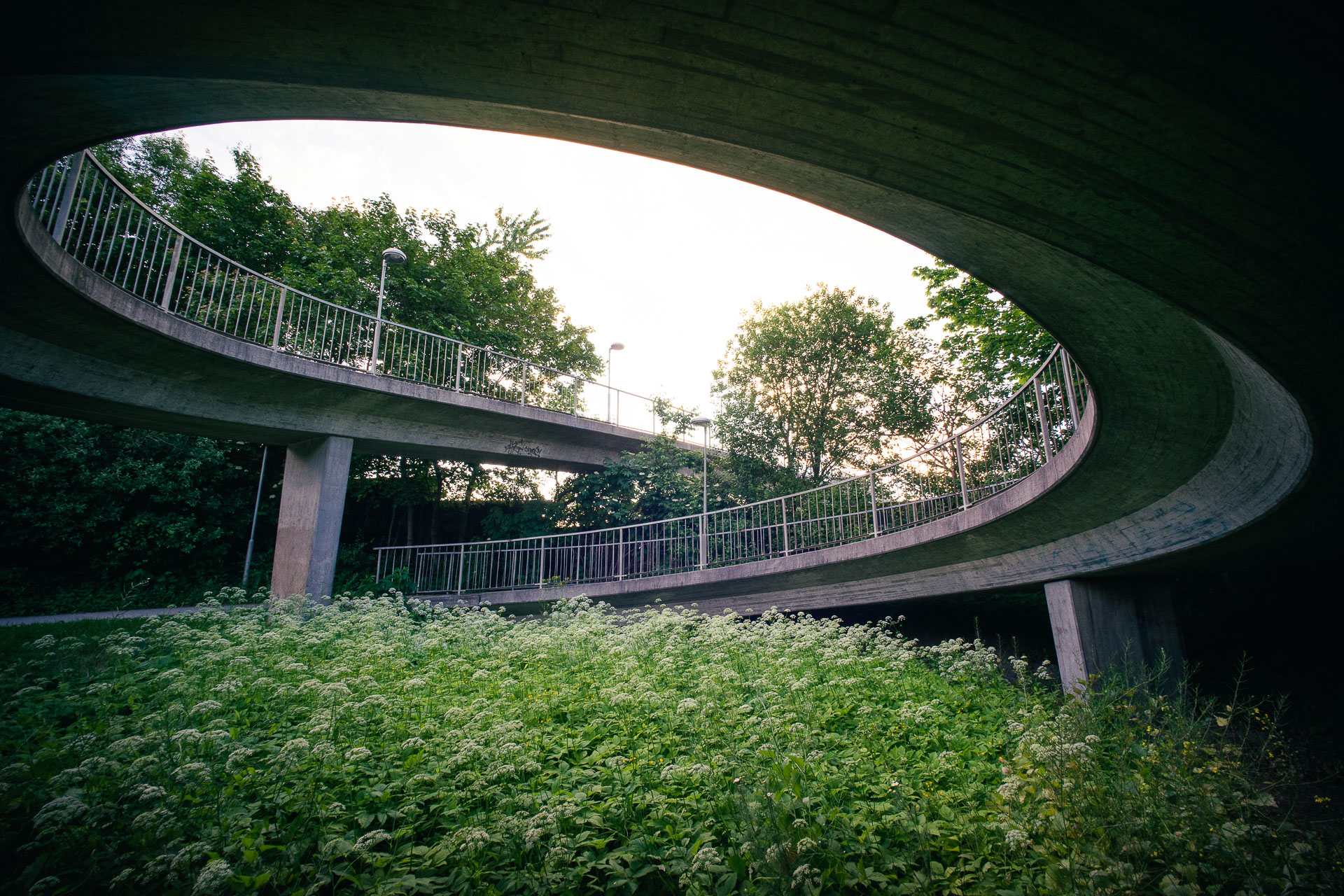
A unique and fantastic lens. Fans of ultra wide angle lenses need to look no further than this or the version III as a great solution at a reasonable price.
All photos in this review were taken by me, using Leica M9, Sony NEX-7 & A7. Exif-data is intact. Open any image in a new window for a closer look.